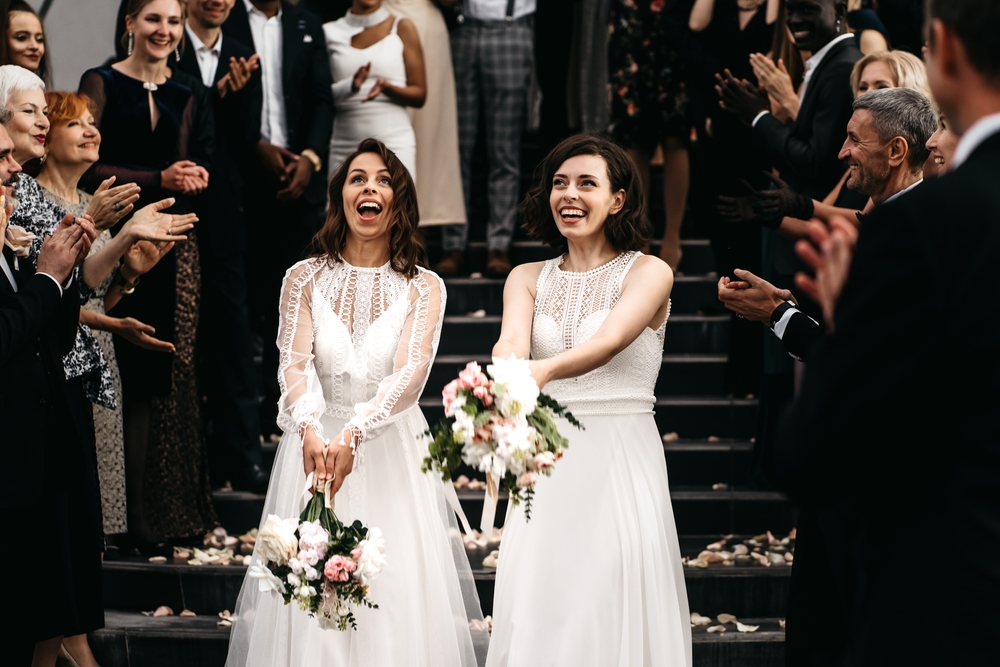Updated Wedding Traditions for Same-Sex Couples

Weddings have existed in one form or another throughout all of human history. However, most of these events have centered around the marriage between a man and a woman. This means that many modern traditions connected to weddings have a hetero-normative influence that might not work for same-sex couples. If you’re looking to tie the knot with your partner, you may be struggling to figure out which customs you should incorporate into the event. Explore these ideas and learn more about some updated wedding traditions for your big day.
Rethinking the Proposal
Once upon a time, it was customary for a man to initiate the engagement process. While heterosexual couples have broken away from this tradition in recent decades, same-sex couples may not know how to properly go about the proposal. One of the best alternatives to consider is having an open discussion about getting engaged in advance. Sit down and talk with your partner about whether you’re both ready to take this next step in your relationship. Talk about who should “pop the question” and whether you want it to be a surprise.
Switching the Terminology
Many of the terms surrounding weddings are gendered. The bridal party is a perfect example of this. If there is no bride involved, one simple solution is to refer to the group as the wedding party. You can even take this a step further by changing up the names of the bridesmaids and the groomsmen to appropriately reflect your party. One way same-sex couples have decided to flip the script is by using labels like bridesmen and groomsmaids. If you want a gender-neutral approach, simply refer to the collective as your wedding crew, team, or bunch.
Playing With the Bouquet
Though it might be small in size, the bridal bouquet is an important symbol in modern weddings. For a union between two men, however, you may not want to incorporate a bouquet in the traditional way. Instead of carrying flowers down the aisle, consider having the blossoms fashioned into wearable accessories like a crown, boutonniere, or necklace. For a wedding between two women, there’s nothing wrong with both brides carrying their own unique bouquets for the ceremony. In fact, this can be a great way to give your florist some creative flexibility to capture your personalities through the floral arrangements.
Selecting the Right Readings
Many traditional texts used as readings during a wedding ceremony were written for unions between a man and a woman. Even if there are no explicit references to a bride and a groom in the text, you may want to steer clear of these options because they don’t reflect your relationship. Most venues allow the couple to select whatever readings they would like for their event. Use this as an opportunity to express the essence of your relationship by selecting quotes from your favorite books, song lyrics, or poems.
Making the Post-Wedding Decisions
You may also wonder how to approach some of the decisions you’ll need to make after you’ve tied the knot. One big example of this is determining whether or not you’ll change your names. While tradition states that the bride takes the last name of the groom after the wedding, this practice has fallen out of style in recent generations. This means same-sex couples can feel free to take one last name, stick with their own names, or utilize both names by hyphenating them. Some couples will even create an entirely new name by amalgamating their surnames.
Though plenty of wedding customs trace their origins back to heterosexual relationships, same-sex couples have the freedom to pursue whatever updated wedding traditions they’d prefer. Get creative on your big day and discover the most fitting ways to showcase the unique bond you share.














